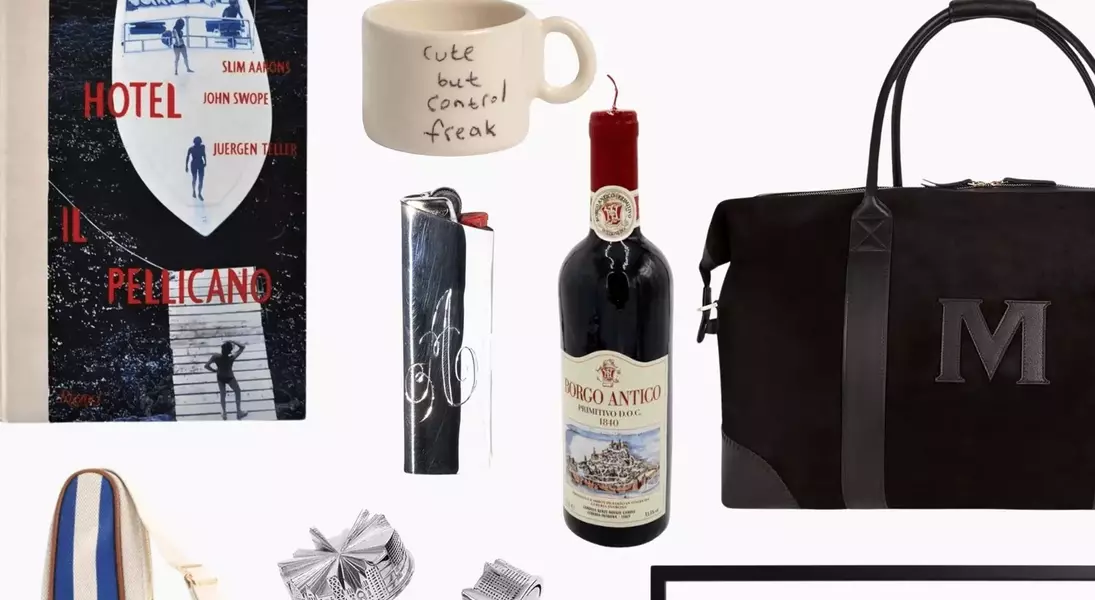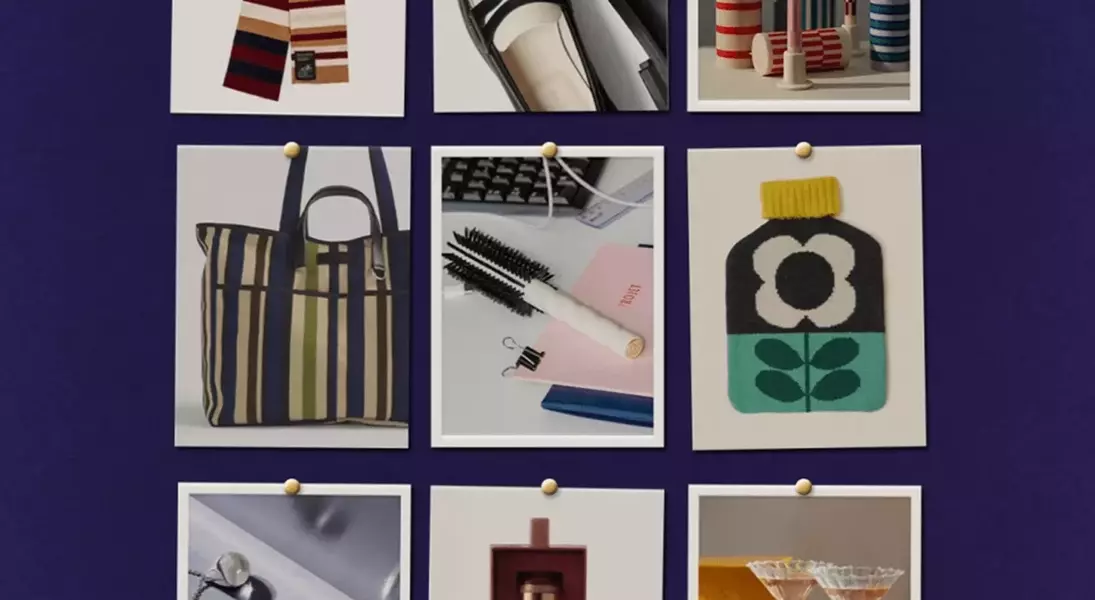



The digital landscape is awash with gift recommendations, transforming a holiday tradition into an omnipresent phenomenon across platforms like TikTok, Instagram, and Substack. While these guides aim to simplify holiday shopping, a critical examination reveals a growing consumer fatigue and skepticism towards their overtly commercial nature. The shift is palpable: what was once a helpful resource is now often perceived as an algorithm-driven, product-heavy exercise in commodifying personality, prompting a demand for more authentic and emotionally resonant gifting experiences.
The proliferation of gift guides, once a seasonal staple in traditional media, has expanded dramatically due to the influence of short-form social content and sophisticated algorithms. These algorithms, by tailoring suggestions to hyper-specific micro-personas and niche lifestyles, have inadvertently recontextualized gift-giving into a personality-matching endeavor. This algorithmic dominance has led to a mixed reception. While some shoppers appreciate the novel ideas, many express a sense of overwhelm and question the underlying commercial motives. For instance, consultant Scott Staniland notes his tendency to "spot the advert" within these guides, suggesting a keen awareness of their promotional intent.
This evolving perception is further underscored by a backdrop of declining consumer confidence, particularly in regions like the US, where sentiment has approached historic lows. Amidst tighter budgets, consumers are increasingly wary of content that feels overly product-centric or lacking in genuine value. This sentiment is echoed by luxury brand and communications consultant Chinazo Ufodiama, who observes that even at the high end, gift guides often yield more in terms of visibility than actual sales conversions, frequently serving as an SEO tactic rather than a direct driver of commercial returns. The challenge, therefore, lies in distinguishing authentic recommendations from purely transactional placements, as consumers seek more meaningful connections with the products they consider purchasing.
The emerging consensus among experts and consumers points towards a future where human touch, specificity, and emotional connection will differentiate successful gift guides. Shoppers are gravitating towards highly specific recommendations, valuing the expertise and personal interest of the curator. Tiffany Lopinsky, co-founder of ShopMy, highlights this trend, noting that consumers are increasingly turning to trusted individuals—creators, editors, and stylists—whose tastes align with their own, viewing them as an extension of their inner circle. This emphasis on trusted curation is becoming paramount in an oversaturated market, driving a demand for guides anchored in genuine personality and authentic endorsement.
Despite the fatigue, the commercial potential of well-executed gift guides remains significant. ShopMy's data indicates a substantial increase in gross merchandise value (GMV) from gift guides year-over-year, largely attributed to strong creator-audience relationships and improved feedback mechanisms. Curators are engaging with their audiences earlier in the season, allowing for dynamic feedback loops that shape the recommendations. Similarly, online shopping platforms like Collagerie, founded by former British Vogue editors, prioritize tightly edited, high-quality curation over sheer volume. Co-founder Serena Hood emphasizes that their approach to gifting content, spanning "the unusual, the beautiful, the meaningful, and the necessary," is built on trust and authenticity, which are reflected prominently in their selections.
As AI-powered tools like ChatGPT offer quick, personalized gift suggestions, the role of human curators becomes even more crucial. The task is to demonstrate the unique value of human-led guidance—informed by taste, culture, discernment, and emotional intelligence—in an age of algorithmic recommendations. Consumers are increasingly skeptical of generic product roundups and demand transparency, seeking recommendations for products that curators have genuinely tried, own, or enthusiastically endorse, moving beyond mere affiliate-friendly lists. This shift also extends to the types of gifts being recommended. With rising sustainability concerns and a preference for experiences over products in the luxury market, there's a growing opportunity for gift guides to feature experiential offerings like dining, workshops, or personalized services. This pivot to experiential gifting, alongside customizable products, could resonate deeply with values of intentionality and reduced overconsumption.
The landscape of gift guides is undeniably at a pivotal juncture. While the sheer volume of recommendations may have reached its peak, the format itself is far from obsolete. The next phase will be characterized by a profound emphasis on sophisticated curation, unwavering trust, and genuine emotional resonance. In a world increasingly dominated by algorithmic suggestions, the guides that will truly stand out and connect with consumers will be those that embody an unmistakably human touch, offering thoughtful, personalized, and authentic recommendations that transcend mere commercial transactions.
